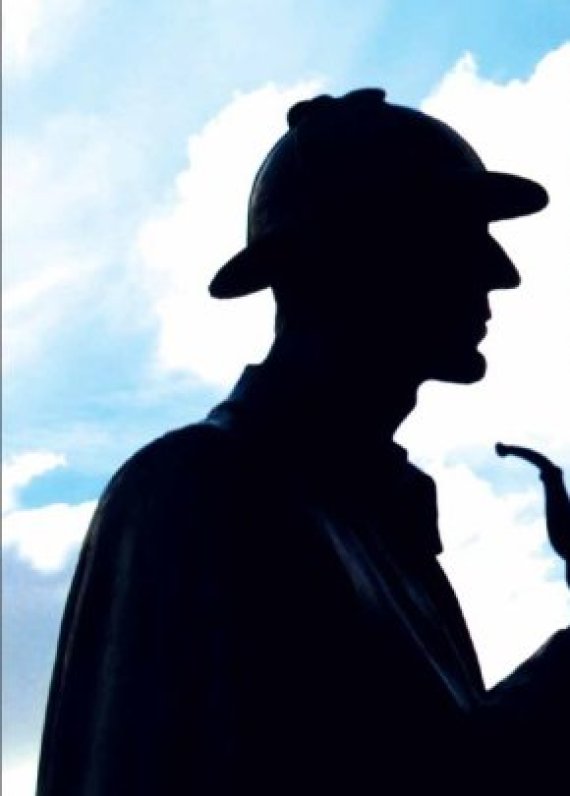The adventure of the ticking sand
Deep down we are all Africans. About 2.5 million years ago the first humanoids spread across the globe from Africa. Exactly when and how this happened, nobody knows. Not yet at least. But if it is up to Christina Ankjaegaard, that will soon change. With a brand new Veni grant in the bag, the Danish researcher is going to develop a method for dating the migration of humans out of Africa. The key lies – about as Holmesian as it gets – in something as commonplace as sand. The method makes use of a light signal (luminescence) which builds up in sand that has not been exposed to daylight, under the influence of natural radioactivity. Ankjaergaard will be working on this in the luminescence lab that has recently moved from Delft to Wageningen. The signal can be released by shining light on it. This will be done using ultraviolet light: a new technique which enables Ankjaergaard to penetrate deeper into the sands of time than ever before. She will be able to date layers of sediment up to 2.5 million years old. Exactly the length of time required for mapping out human history. There is currently no known technique that can cross that timespan. So there are great expectations of this work. If it is up to the Danish detective, in a few years’ time we shall know about the migration route of the earliest humans.
A study in white
Eduardo Capuano and Grishja van der Veer (Authenticity and Novel Foods, Rikilt) are wrestling with a pretty weird mystery: a bean in a packet of milk. A consumer reported the incident to the Netherlands Food and Consumer Product Safety Authority (NVWA), who called in Rikilt. What is this ‘bean’, which is not really a bean? The mystery lures the researchers into a fascinating quest, leading from the chemical composition of the bean via its microscopic texture to the question of how on earth it ended up in the milk. They have yet to find a conclusive explanation. But the milk mystery is just by way of a snack for researchers at Rikilt, who are constantly thinking up detection methods for food fraud. In other words, tracking down chemical and physical abnormalities in fraudulent products. Take milk, for example, the nutritional value of which is higher if it contains more protein. ‘The existing test deduces the amount of protein from the nitrogen level,’ says Van der Veer. Fraudsters therefore add substances containing nitrogen, such as melamine. You can trace this using expensive tests, but that is only cost-effective with suspect samples. So Capuano is working on a fast, cheap test for testing a large number of milk samples for abnormal composition. Once a suspect is in view the real detective work can begin.
A murky business
On ocean beds there is oxygen-poor mud in which micro-organisms break down waste. It is not quite clear, however, how this is done and which bacteria do the work. ‘It is a kind of black box,’ says microbiologist Caroline Plugge, who is eager to shine some light into that black box. Doing so will not only produce fundamental knowledge, but will also help to make comparable processes in bioreactors work better. Documenting seabed life seems relatively straightforward. ‘You use DNA techniques to see which micro-organisms are present,’ says Plugge. ‘But you can’t see what they are doing.’ And that is the interesting bit: linking identity to function. In order to achieve this Plugge uses stable isotopes: substances that are identical in every way except for their weight. For example, almost the only carbon isotope to occur in nature is carbon-12. So if you are curious to know which bacteria can break down a substance – let’s say, propanoic acid – you add acids that contain the heavier carbon-13. If a bacterium can break down the substance you will find the heavier carbon in its DNA later. This science, in combination with existing knowledge, enables Plugge to solve the murky mystery of the mud.
The wild boar of the Meinweg
Wild boar are only allowed to live in certain spots in the Netherlands. Those are just the rules. They have the freedom of much of the Veluwe in the centre of the country and the Meinweg nature area in Limburg in the south. But the wild boar don’t play by the rules. They are found nowadays throughout Limburg and even in the neighbouring province of Brabant. Alterra was asked by both provinces to find out how this colonization happened. Where do the wild boar come from, are they related to each other, and what about their genetic diversity? A classic piece of detective work, only with modern means: genetics. Animal ecologists Hugh Jansman and Arjen de Groot (Molecular Laboratory) and their colleagues compared samples from 600 wild boar that had been shot or had died of natural causes with others from boar from neighbouring Germany and Belgium. They zoomed in on 14 ‘markers’, or specific bits of DNA. Using existing DNA analysis programmes they were able to map out the different boar populations precisely. Conclusion? What we have here are six (genetically) different populations of wild boar, most of which stem from nearby populations in Belgium and Germany. As was to be expected, in fact. In a few cases the introduction of an ‘unnatural’ genetic element could not be ruled out: the population had genes from an unknown source, possibly coming from a privately owned boar that had been released. The genetic diversity of the boar is ‘fair’, say the researchers, but is much lower than that of the boar population on the Veluwe, for instance.

